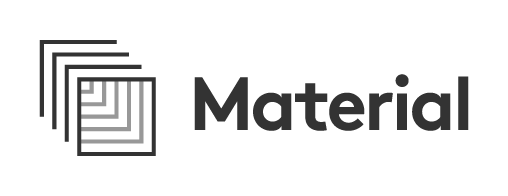Risky Bulletin Podcast
July 06, 2022
Risky Biz News: China faces its first truly mega-leak
Presented by

News Editor

Newsreader
A short podcast updating listeners on the security news of the last few days, as prepared and presented by Catalin Cimpanu.
You can find the newsletter version of this podcast here.










